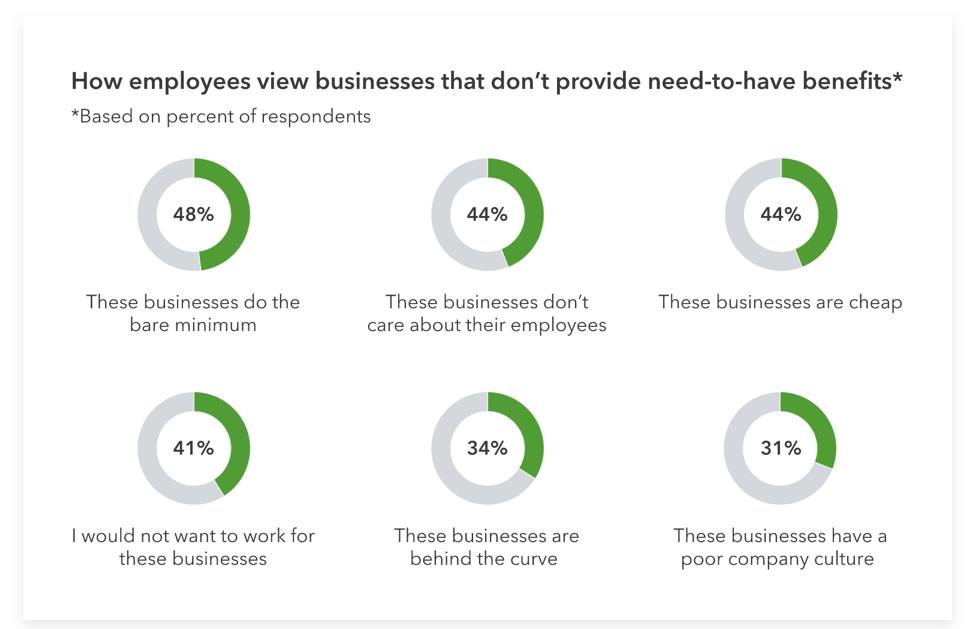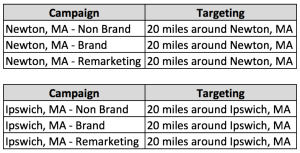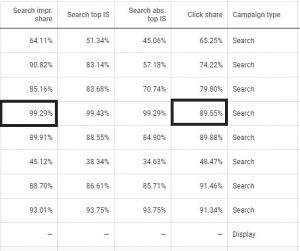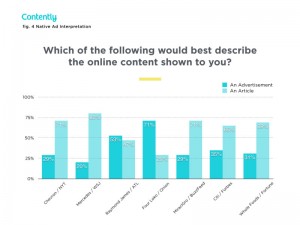“I don’t really care about my employee benefits,” said no employee ever.
When it comes to employee benefits, if your business can offer it, employees want it. That’s the case for any employee benefit, from time off to healthcare to flexible work arrangements to workers’ comp insurance.
Naturally, most businesses can’t afford the king suite of benefits—unlimited PTO, free insurance, etc. But even if you have to choose between bottom-of-the-barrel benefits and no benefits at all, your decision should always be benefits, benefits, benefits.
If you’ve been considering increasing your company’s employee benefits offerings in the New Year but wondering if it’s worth the investment, wonder no more. Here are three reasons to introduce better employee benefits as soon as the clock strikes 12.
1. 75 percent of employees would choose a job with better benefits
You might be thinking, “Well, of course, they would.” Given the choice between working somewhere with great benefits and somewhere with the bare minimum, anyone would choose the business with more PTO.
Yet many business owners today still seem hesitant to invest in better coverage or more paid vacation hours to woo new talent.
Ten years ago, that wasn’t a problem. The recession created an employer’s market where employees often had to settle for “good enough” when it came to their benefits. Today, unemployment rates are at a historic low, so many workers now have the freedom to choose where they want to work. And in many cases, it’s benefits offerings that seal the deal.
“For 41 percent of small business employees, benefits are crucial when accepting a new job, second to salary. And for 75 percent, a good benefits package would make them take one job over another,” says a recent employee health benefits survey by QuickBooks Payroll.
There’s a good reason so many new hires aren’t willing to settle for a job with lackluster bennies. Most of the new talent hitting the market is from Generation (Gen) Z. And they take work-life balance very seriously.
“Flexibility no longer means what it did to older generations,” writes the New York Times. “It’s about employees shaping their jobs in ways that fit with their daily lives. That could mean working remotely or shifting hours when needed. More companies are offering sabbaticals; free plane tickets for vacations; meditation rooms; exercise or therapy breaks; paid time off to volunteer; and extended paid family leave.”
“But I’m not hiring,” you might say. “My employees have been around for years. They’re happy with the benefits they have.” Or are they?
2. 39 percent of employees aren’t happy with their current benefits
Twenty-nine percent of respondents in the employee benefits survey said their company provided “the bare minimum.” Less than half—39 percent—rated their employee benefits as better than the majority of their peers’.
If that’s the case, it’s no wonder even seasoned employees are entertaining a change of professional scenery. “Forty-eight percent of employees said they would stay at their current job, even if they were offered higher pay elsewhere,” the benefits report states. Then, with a twinge of foreboding, “That’s as long as their current employer offered a better benefits package.”
Consider the benefits you offer currently. At a minimum, you should be able to check a few of these:
- Paid time off
- Health insurance
- Retirement savings account
If yours is a business that also prides itself on putting employees first, you should likely have some of these benefits as well:
- Dental coverage
- Vision coverage
- Flexible hours
- Company-sponsored rewards or gifts
- Remote work opportunities
- Free food or drinks
- Fitness or wellness stipends
- Some paid parental leave
- Use of a company car
And if you’re really shooting for the moon, you may even provide a few of these:
- Unlimited vacation time
- Free healthcare coverage
- A matching 401(k) or pension
- Paid time off to volunteer
- Childcare support
- Student loan reimbursement
- Adoption or fertility assistance
- 100 percent paid cell service with unlimited data
While it’s unlikely you’ll ever offer every single one of those benefits, it never hurts to think about “what if?” and then set goals based on those thoughts. You never know what you can accomplish until you try.
3. Providing subpar employee benefits reflects poorly on you
Think about the kind of reputation you want as a small business. Often, the line between how people think of you as a provider of products or services and how they think of you as an employer is blurred. One can certainly affect the other.
Respondents in the employee benefits survey were asked how they view businesses that don’t provide necessary benefits. Here’s what they said:

Of course, these are the responses to businesses that don’t offer “need-to-have” benefits like paid sick time, health insurance, or time off for vacations. But still, with the New Year fast-approaching, it may be time to reflect on your current benefit status. Are you doing the bare minimum? If you were looking at it from an employee perspective, would you describe your current offerings as “cheap” or uncaring?
Hopefully, for the sake of your employees and your reputation, the answer is a resounding “no.”
Better benefits benefit everyone
It sounds cheesy, but it’s true: Better employee benefits benefit everyone. When employees have decent medical coverage and paid time off to recharge and de-stress, they thrive in and out of work. That means better performance and often better productivity. So not only do employers get to enjoy a rosey reputation, but they also get higher quality work and decreased turnover.
Really, if your business is doing well and 2019 was a successful year, there’s no good reason to be stingy with the benefits in 2020. Take the right approach to recognize the great people who make your business what it is and enjoy the happiest of new years yet.
Are you ready to incentivize the modern workforce? Get started by accessing best practices from Achievers’ e-book.
Business & Finance Articles on Business 2 Community
(65)
Report Post








